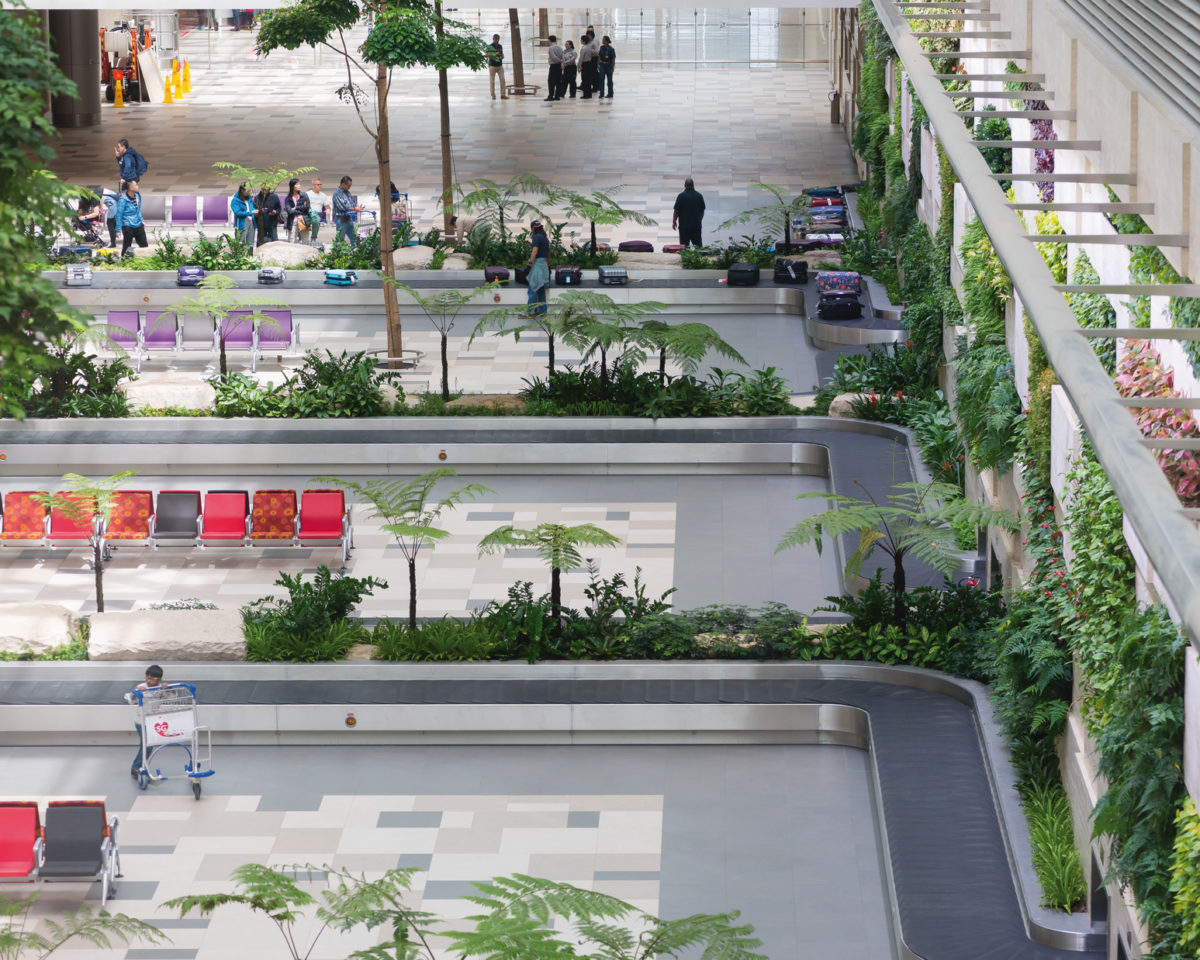Commercial offers within terminals are even more important to airport economics than before the COVID-19 pandemic. Ensuring we meet passengers’ aspirations for these spaces and experiences is therefore vital. While many of the traditional commercial components remain, some are being replaced by more varied and disruptive brands. We’re also designing for eclectic retail mixes, often in the form of ‘markets’ offering more diverse opportunities, wider ranges, variety and change. As part of this process, strategy teams are working with airports to accommodate more local and sustainable partners, with a focus on ethically sourced, craft-based, environmentally friendly and regionally relevant products.
The use of space within airport terminals is also under scrutiny. As designers, it’s essential we use spaces efficiently rather than simply adding new areas. We’re also employing flexibility techniques and systems, allowing for the easy adaption of spaces for multipurpose use – a clear improvement compared to the fixed, rigid and wasteful single-use spaces of the past. As an additional driver, commercial partners are reducing investment in fixed assets within airports. Motivated by economics as well as sustainability concerns, partners are increasingly looking for loose and recyclable asset models, while certain brands are prioritising product placement and remote fulfilment over larger, fully stocked concessions.
These developments are making for a dynamic commercial and passenger environment that tends to present unique and exciting design challenges. These projects also require even more effort to curate, particularly from the perspective of commercial and operational teams. In short, the increased focus on sustainability within aviation is raising everybody’s game.


